Blog
7 Basic Real-Estate Terminologies to Know Before Hunting for a New Home
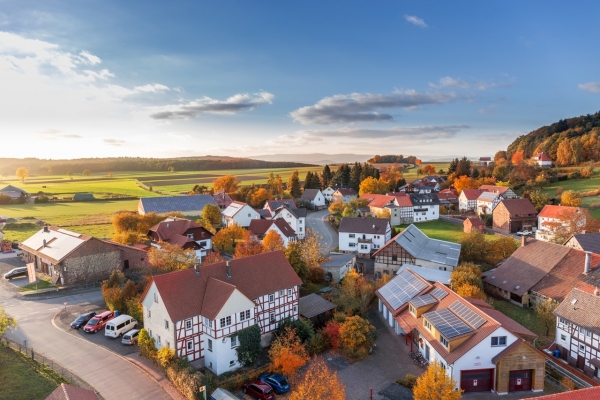
01 September 2017
Choosing the right home is always a difficult feat to achieve. The absolute right choice is clear only after you take all the critical factors in consideration and evaluate them carefully. It all starts with the basic step, i.e. knowing what you want. Do you want a big house or a medium? Do you want a house by the side of a happening and busy street? Or out by the country-side with no hustle and bustle. It is always a smart idea to consult experts or informative articles regarding properties and their various features. Due to the dynamic environment and the ever-increasing real-estate prices, it is always suggested you be on the smarter side of the spectrum and know exactly where your money is being invested in.
To make your work easier, mentioned below are the most crucial real-estate terminologies you need to know before you invest your time and money on flats in Pune, Bangalore or other metro cities. Terms like OSR, loading factor and FSI are used for the area you will be charged for.
- Carpet Area: As the name suggests, the carpet area is the area that is covered by the carpet or the area which excludes the internal and external thickness of the walls. This area is excluding the areas covered by the lobby, stairs and the play area. It is the actual area you get to use in the house. It is always advisable that you look at the carpet area before you buy the house. Knowing how much space you have at your disposal will give you a rough idea about the area you can use for your furniture. All though it does not include the space used up by the walls, the balcony areas are taken into consideration.
- Built-up Area: The built-up area includes both the wall area and the carpet area. When we mention wall area, it means the thickness of the wall and not its surface area. It is also referred to as the plinth area, which is 20% more than the carpet area. Along with the internal and external wall space and the carpet area, the built-up area constitutes the terrace and the balcony as well. So, if you think about it, only 80% of the built-up area can be used. So, if the house is 1000 square feet, you actually get to use only 800 square feet completely.
- Super built-up Area: The super built up area is often a unique selling point for real estate agents and builders. It is the added built-up area and the common areas like lobby, corridor etc. Some even include the common facilities like the clubhouse, gymnasium and the swimming pool. Since they charge you on the basis of the super built-up area, it is also called the saleable area. If the plot is 2000 per square feet, then the super built-up area of 1000 square feet will cost you 20 Lakhs easily. Now say there is more than one apartment on a floor, which is almost always, the cost is calculated differently.
- FSI or Floor Space Index: The FSI or the Floor Space Index is also known as FAR or the Floor Area Ratio. It is a new term for most of the first time home buyers. It is the ratio of the total built-up area of all floors to the total area of the empty plot. Hence, if the FSI is high, then the total super built-up area is also high. It is important that you know the FSI of your plot before investing in it. It is illegal to construct any building beyond the limit. It is the builder’s responsibility to educate you about this concept and whether his work is within the limit of the FSI. The municipal council of the respective area will establish the FSI limit within a certain range. The Floor Space Index is inclusive of the height and footprint of a building, and regulating it ensures the credibility of the building. Indeed an important factor when it comes to high-rise apartments.
- Open Space Ratio: A common term used in the development of residential sectors, is calculated by obtaining the ratio of the commonly owned place to the total area of the land proposed for development. The open space does not include the land parcel proposed for development. Say that your plot has 2 acres of common land and the land proposed to you for development were 4 acres, then the Open Space Ratio is 50%.The primary point of the OSR or the Open Space Ratio is to reserve area for the community clubhouse, parks, swimming pool, parking lot or residents association which is accessible to residents of the area or the apartment.
- Loading Factor: The loading factor is often determined by multiplying a factor with the carpet area which gives us the super built-up area. The multiplier applied is what determines the flat’s proportionate share of the common area. To be accurate, it is the quotient of the super built-up area with the carpet area minus 1. Builders tend to calculate the loading area in a different manner so as to increase their profit. An ideal loading factor for an apartment would be 20%-30%. With certain projects, it can go as high as 60% when there are more facilities available. Either way, all ways think twice before you make a decision.
- Per Square Foot Rate: This is probably the most transparent information your builder will tell you about. Because it is the per square foot rate that the builder will use to determine the cost of the property. It is the cost of the carpet area and super built-up area also called the saleable area. It can be measured in different ways and it is usually an approximate value. Condo-apartments must abide specific laws when measuring the square foot area. If a property of 1200 square feet has its rate as Rs. 1000 per square feet, then the property will cost you give or take 12 lakhs.
So, there you go! With the above information in hand, you can now make a smart and informed decision before buying flats in Pune, Bangalore or any other metropolitan area.
The real estate industry is an ever growing sector and its always a smart decision to make and investment in real estate, given that you always make an informed decision. If you wish to fill yourself in with more information to help you make the right buying decision then read “10 Questions a buyer should ask a real estate developer in India”.
TOP Blog
Viman Nagar: The Gateway of Growth in Pune
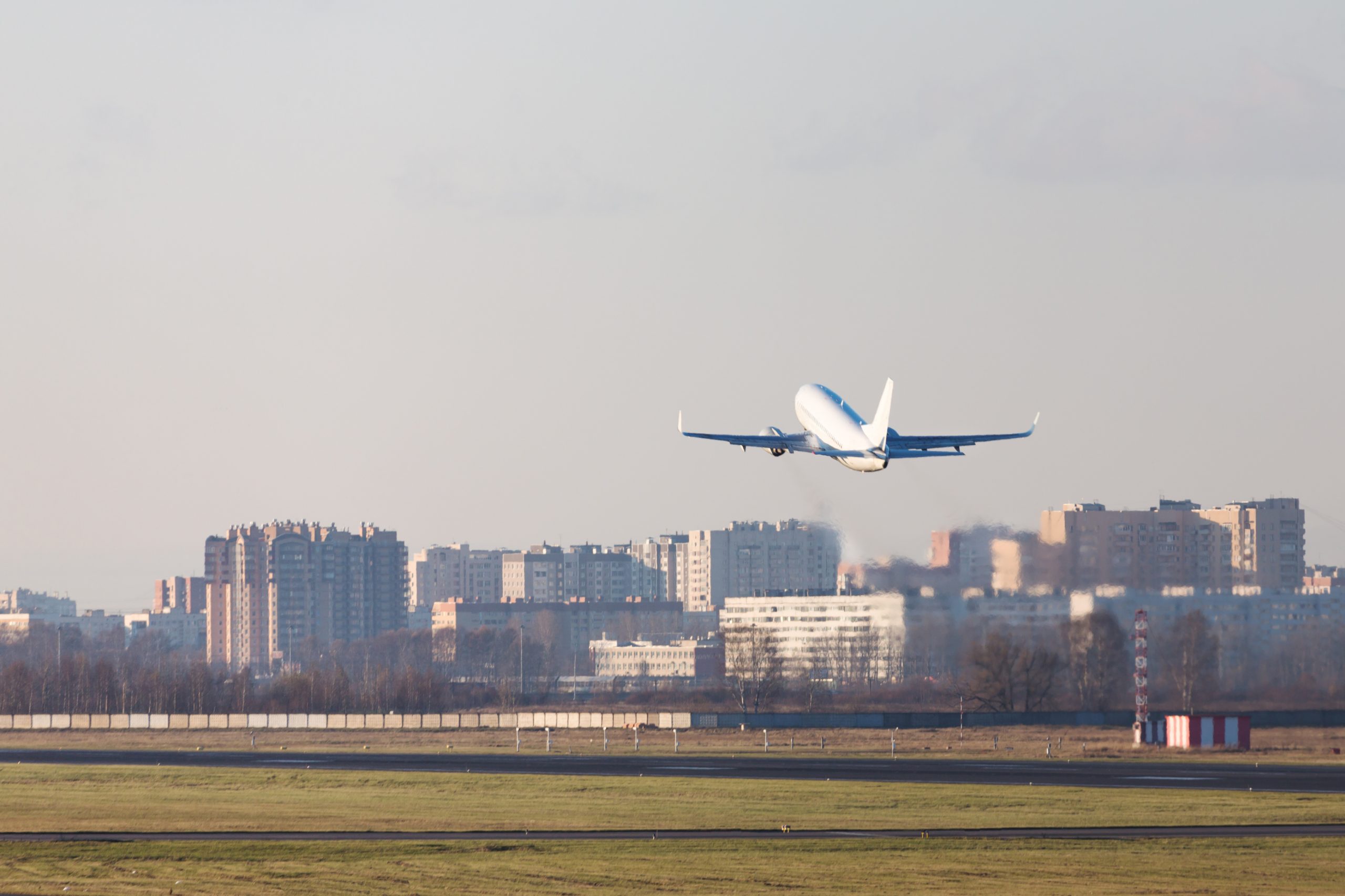
18 June 2025
Viman Nagar used to be a calm neighbourhood that was renowned once only for being close to the Pune Ai...
Read More
More than Square Feet: What Makes a Commercial Space Truly Work
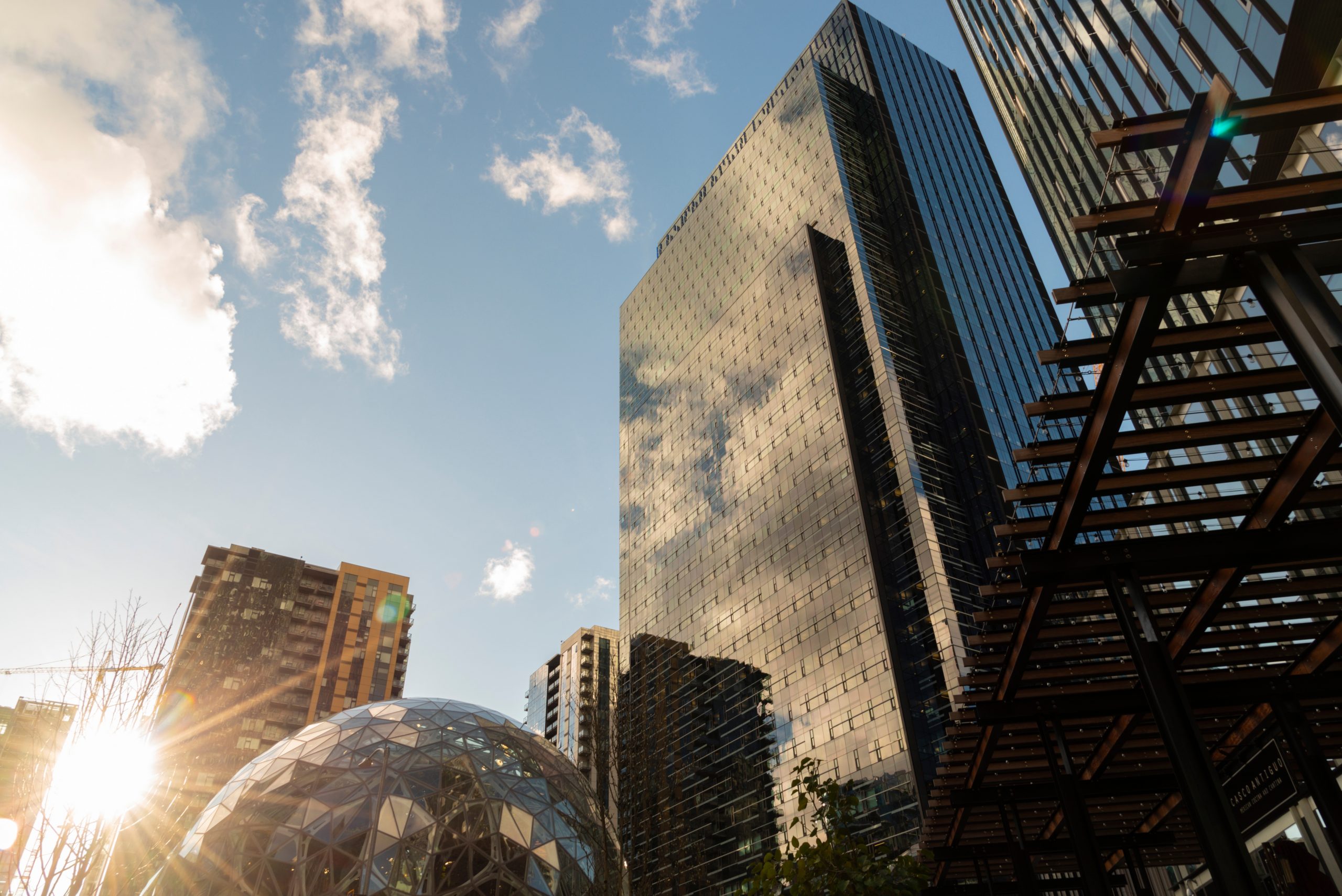
18 June 2025
Most of the time, people in commercial real estate talk about figures like square feet, carpet area, F...
Read More
What Makes a Location ‘Future-Proof’? A Look at Wagholi’s Growth Story
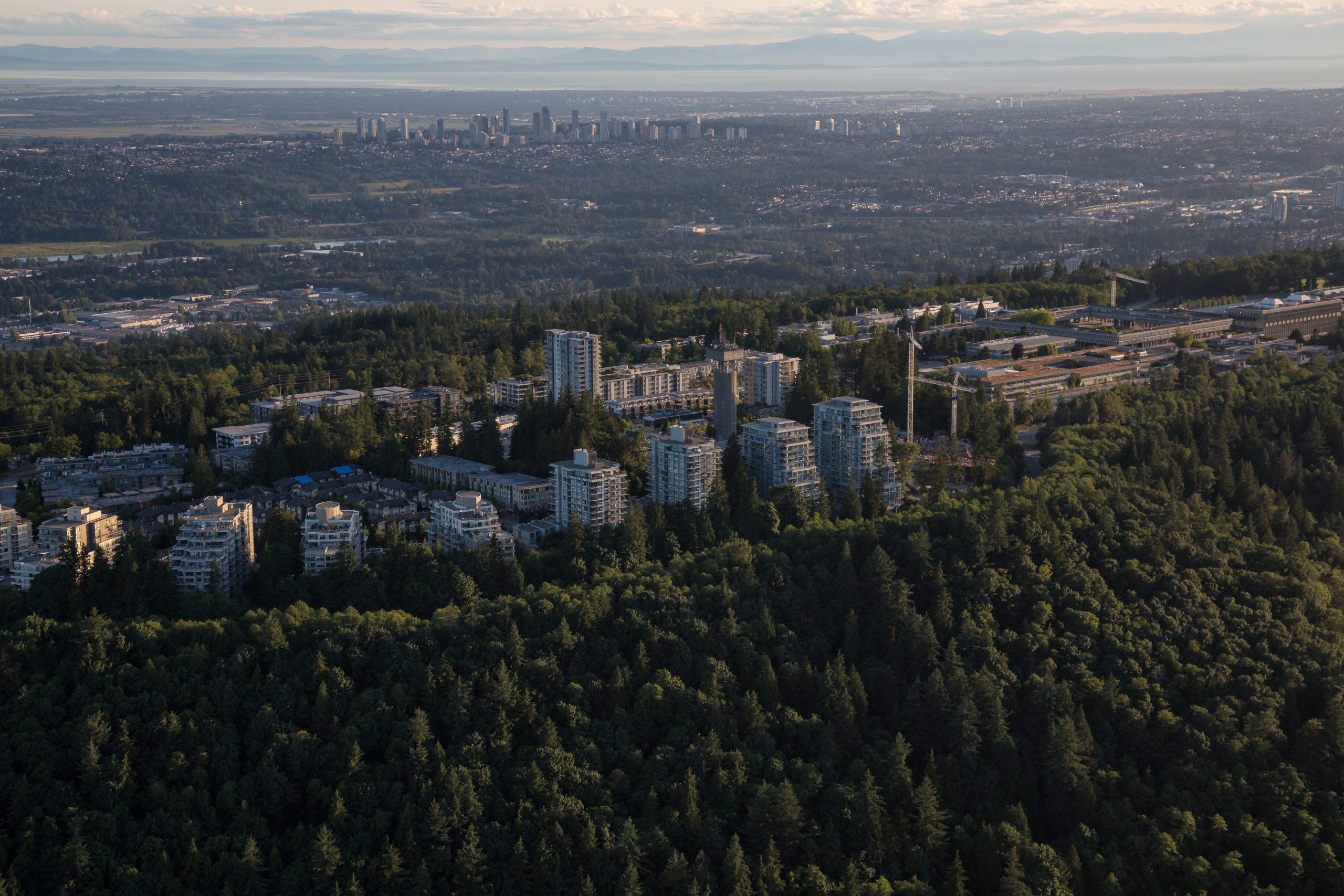
18 June 2025
Think about the kind of neighbourhood that is not only relevant to your current needs, but also evolve...
Read More
5 Things You Should Know About Wagholi’s Quick Growth
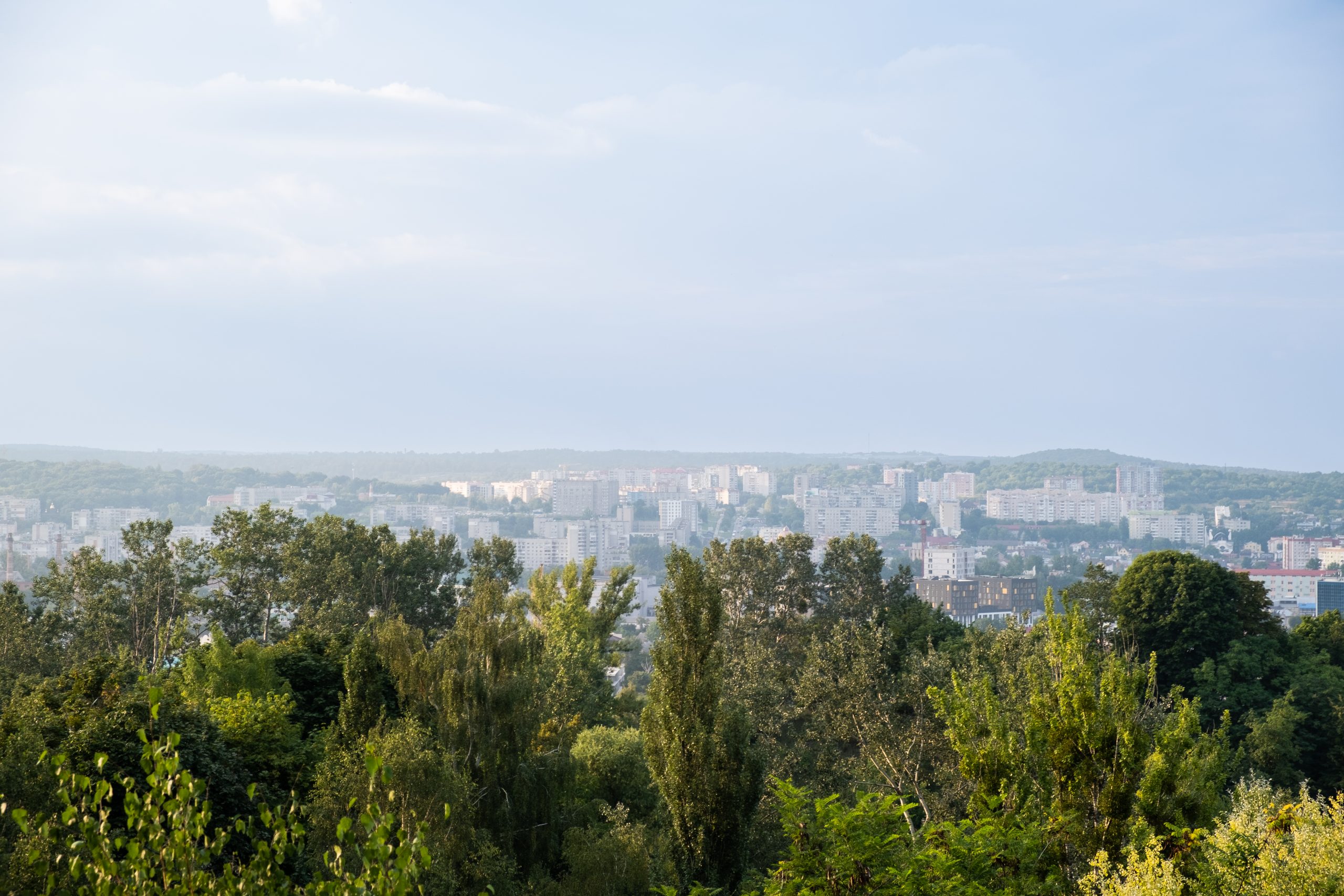
18 June 2025
It is not long ago Wagholi used to be known for its peaceful fringes and wide-open spaces. Now, it's q...
Read More
Why Young Professionals are Choosing Bhugaon to Settle Down

17 June 2025
As Pune's real estate market changes rapidly, Bhugaon has established itself as a prominent option for...
Read More
A Note On West Pune’s Infrastructure Developments
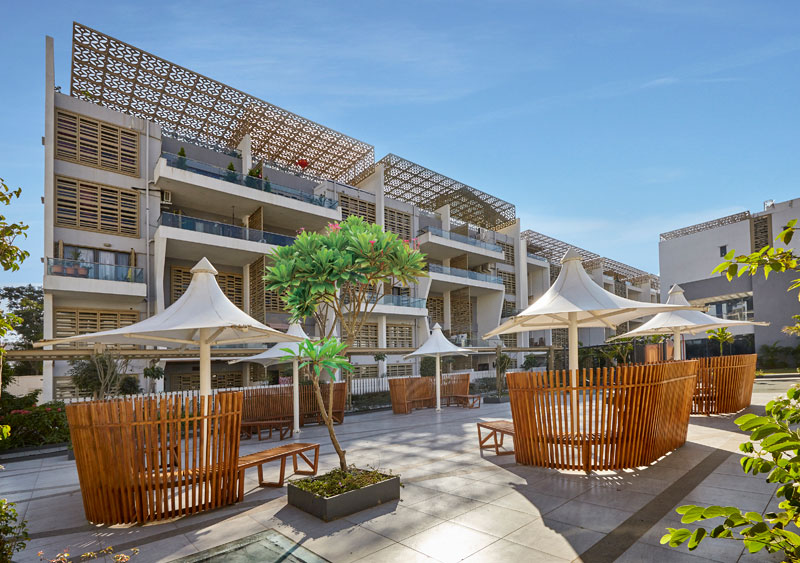
12 December 2022
Western Pune includes the suburbs of Baner, Aundh, Balewadi and Hinjawadi among others. Baner and Aund...
Read More
Clean Bengaluru Message by Rohan Builders Plogging Party

20 February 2019
A "Clean Bengaluru" message was unequivocally reaffirmed by Rohan Builders, sixty enthusiastic student...
Read More
Future homes – 3D printing in Construction & Real estate industry.
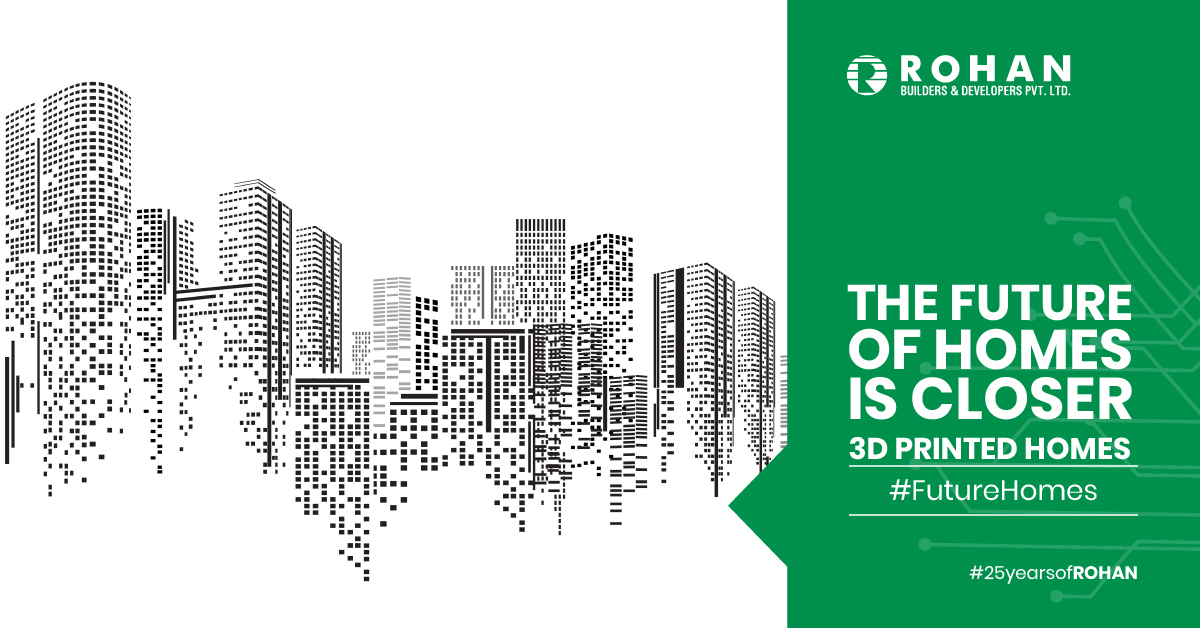
20 February 2019
Two events, small in bearing yet big on viable impact have occurred very recently in the construction ...
Read More
Hennur Road – The housing location of pride in north Bangalore
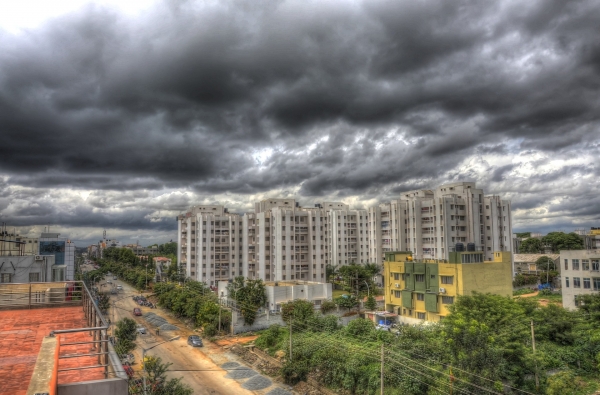
27 October 2017
For someone tracking the growth of the city (or megacity) of Bangalore over the years, the last two de...
Read More

 +91
+91 +672
+672 +82
+82